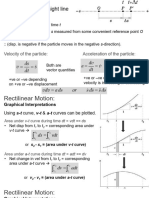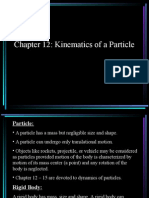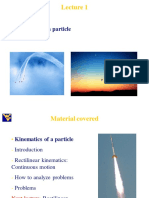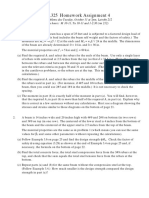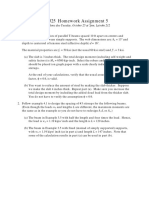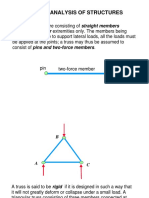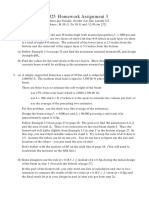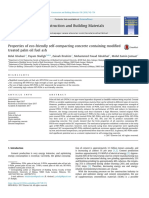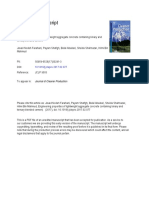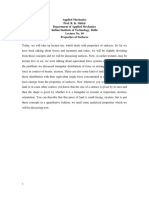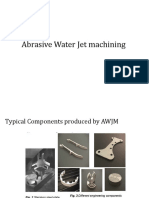0% found this document useful (0 votes)
90 views38 pagesEngineering Mechanics: Dynamics in SI Units, 12e: Kinematics of A Particle
Uploaded by
BELAL ALSUBARICopyright
© © All Rights Reserved
We take content rights seriously. If you suspect this is your content, claim it here.
Available Formats
Download as PDF, TXT or read online on Scribd
0% found this document useful (0 votes)
90 views38 pagesEngineering Mechanics: Dynamics in SI Units, 12e: Kinematics of A Particle
Uploaded by
BELAL ALSUBARICopyright
© © All Rights Reserved
We take content rights seriously. If you suspect this is your content, claim it here.
Available Formats
Download as PDF, TXT or read online on Scribd
/ 38













